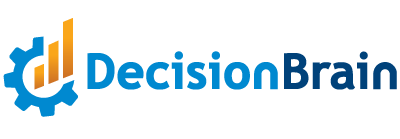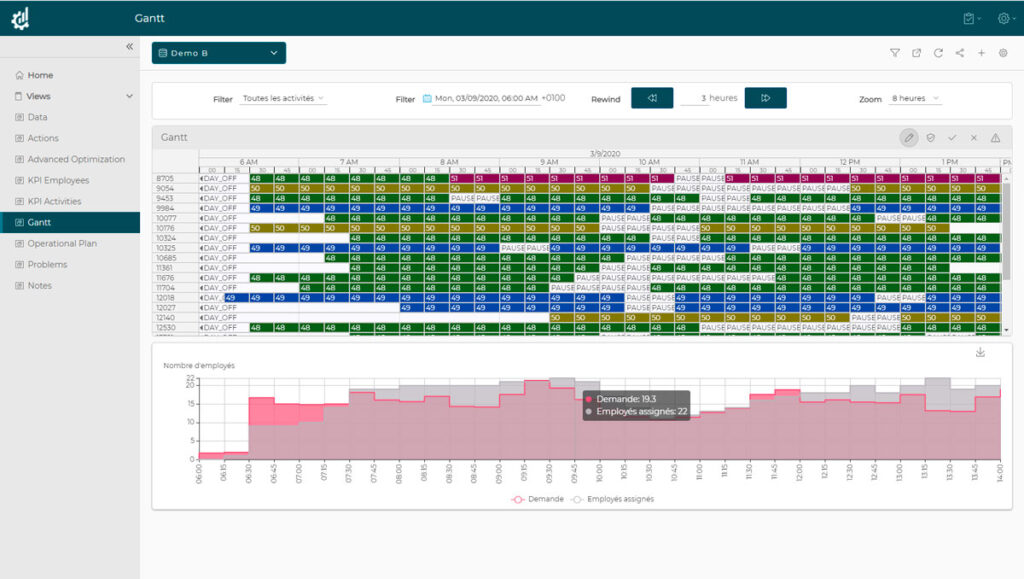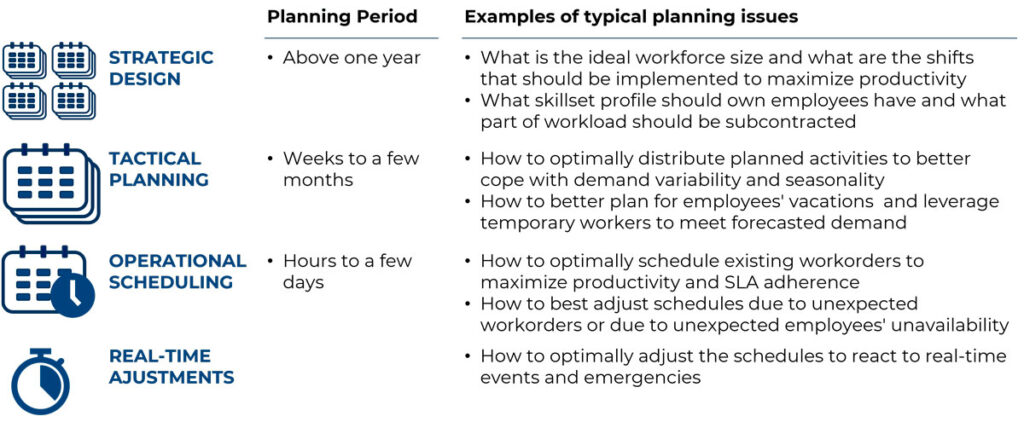Blog
Part 3: Handling Uncertainty with Forecasting and Capacity Planning - The Complete Guide To Workforce Optimization
Our last two articles in this series outlined how to:
- Create a catalog of employee skills and work task types so that we have a common language with which to talk about workforce capacity and work demand, and
- benchmark activity performance rates for the various task types so that we can determine how much workforce capacity is needed to fulfill a given amount of work.
We are now almost ready to start optimizing our workforce, meaning matching workforce capacity (employees by skill) to work orders or work demand. If you’re new to workforce optimization, this may sound easy – and in some industries it is. But in others, it quickly gets extremely complex. Let’s explore why.
What is Forecasting?
For workforce optimization, Forecasting is about predicting future demand for work to be done.
Some future demand is easy to forecast. For instance, a hotel chain may know how much catering demand will be needed next month based on banquet room reservations.
Other types of workforce demand are harder to predict. Imagine a call center that handles a large volume and variety of calls or a hospital that tends to patients afflicted with any number of illnesses and injuries. There could be many factors that influence workforce demand to varying degrees, such as:
- Weather data could correlate with certain illnesses
- Point-of-sale data could correlate with demand for call center support tied to certain products
- Satellite parking lot data could be an indication of crowding indoors, which might correlate with disease spread
- Local crime rates could correlate with gun or knife injuries
- Covid testing center data could correlate with hospital ICU demand.
Various artificial intelligence (AI) and Machine Learning (ML) methods are commonly used for forecasting demand in situations like these. At a very high level, they work by analyzing large amounts of historical data and deriving a mathematical model (formula) based on the detected drivers of that demand. This model can then be applied to predict the future. This “demand forecast” can then feed any downstream systems that support decision-making, such as workforce planning and scheduling systems that we’ll talk about in the upcoming articles.
What is Capacity Planning and Why is it Hard?
Workforce capacity planning is about ensuring that you have the right size and mix of workforce to satisfy the forecasted demand.
This may sound easy, but workforce capacity planning is quite challenging because human workforce capacity is not instantly available on-demand in discrete time buckets the way, say, cloud computing resources are available. Workers are hired, trained and retained on a long-term basis, whether as contractors or employees. They work according to shifts and are subject to many constraints on working times and durations. It may sound strange to put it this way, but if we want to leverage AI software to help optimize the way workforces are planned and scheduled, this is how capacity must be modeled programmatically.
Other factors that make capacity planning challenging include:
- Employee availability is constantly changing and often uncertain due to staff turnover, illnesses and other unforeseen absences.
- Workforce capacity is broken out based on skills and expertise. You may seemingly have enough total headcount, but the wrong skillset mix to fulfill demand.
- Sometimes different roles have overlapping skills and this needs to be accounted for correctly.
- Employees are constantly building new competencies that need to be considered. These new competencies are ideally based on the recommendations of optimization-based planning systems. This will be discussed later in this guide in the part about Strategic Planning.
Below is an example of a capacity planning screen for a contact center that is creating optimized daily schedules for agents. Each row represents an agent’s schedule. The color of the box indicates the type of work assigned per time period (phone response, email response, administrative work, etc). Notice that agents are usually assigned to the same task for long stretches, if not the entire shift, in order to reduce inefficiency from task switching. One can also see that daily schedules are limited by total hours and mandatory breaks are scheduled in. On the second chart you can see overall how well the schedule is meeting demand. Workforce capacity, shown in gray, is usually higher than demand except in the early morning at around 1:30 when the call center is slightly understaffed.
Figure 1: Capacity Planning System for Call Center
How to Optimize Capacity Plans
Now that we have a high level understanding of what demand forecasting and capacity planning are, we can start to think about how to create optimized capacity plans. This is in fact the subject of the next 3 posts in this series. That is because capacity planning optimization can get very complex very quickly.
In order to reduce complexity, industry practitioners usually segment capacity planning problems into 3 problem types based on the time horizon that is being considered: strategic capacity planning (~ annual), tactical capacity planning (~monthly) and operational scheduling (~daily/hourly). Optimization can be applied to each of these 3 problem types individually, but when it is applied to all three the results are maximized.
Check out our next article for an in-depth discussion about operational scheduling optimization, in which we elaborate on what goes into the creation of a schedule like the one shown above.
Conclusion
Forecasts and capacity plans are critical inputs into planning and scheduling systems. When done correctly, forecasting and capacity planning enable leaders to make informed decisions about hiring, training, leave approval and scheduling in order to reduce costs and employee turnout while maximizing service levels.
To start with the optimization read next: The Complete Guide To Workforce Optimization – Part 4: Scheduling Optimization
Read all the articles of The Complete Guide to Workforce Optimization:
Introduction to our Series
Part 1 Cataloging Employee Skills and Work Activities
Part 2 Benchmarking Performance Metrics
Part 4 Operational Scheduling
Part 5 Tactical Planning
Part 6 Strategic Planning
About the Author
Giulia Burchi is a Sr. Business Analyst with DecisionBrain. She brings extensive experience delivering advanced planning, scheduling, and workforce optimization solutions to organizations with large or distributed teams. She holds a master’s degree in Industrial Engineering from the University of Bologna in Italy.













